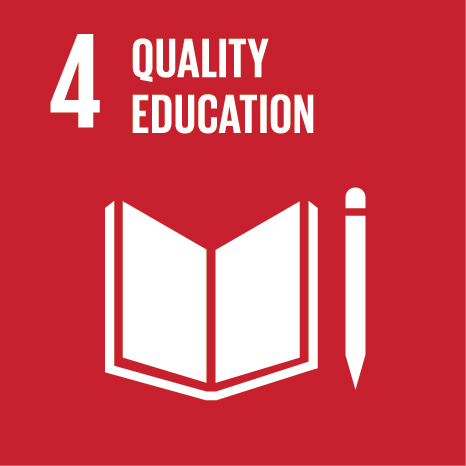Ciência_Iscte
Publications
Publication Detailed Description
Child's oxytocin response to mother-child interaction: the contribution of child genetics and maternal behavior
Journal Title
Psychoneuroendocrinology
Year (definitive publication)
2019
Language
English
Country
United Kingdom
More Information
Web of Science®
Scopus
Google Scholar
This publication is not indexed in Overton
Abstract
The oxytocinergic system is a primary biological system involved in regulating a child’s needs for bonding and for protection from threats. It is responsive to social experiences in close relationships, though evidence across studies is not entirely consistent. Guided by previous literature, we investigated individual and environmental factors predicting and presumably affecting children’s oxytocin (OT) response during mother-child interaction. by focusing on children’s OXTR genotype, and maternal behavior, respectively. This was achieved by assessing salivary OT levels of 88 Portuguese preschoolers prior to and following a mother-child interaction task, and by genotyping children’s OXTR SNP rs53576. Maternal interactive behavior was assessed using Ainsworth scales.
Results indicated that child genotype and mother’s sensitive responsiveness interacted in predicting change in child OT concentrations from before to after the interaction. Specifically, Genotypic differences emerged under conditions of low maternal sensitive responsiveness: OT levels increased over time for children with the GG genotype when maternal sensitive responsiveness was low, but no such genotypic differences were evident when mothers were highly sensitive responsive.
Findings provide preliminary support for the notion that increased understanding of children’s OT and close relationships requires consideration of both individual and environmental factors.
Acknowledgements
--
Keywords
OXTR,Oxytocin,Salivary oxytocin,Maternal behavior,GXE interaction
Fields of Science and Technology Classification
- Biological Sciences - Natural Sciences
- Basic Medicine - Medical and Health Sciences
- Clinical Medicine - Medical and Health Sciences
Funding Records
| Funding Reference | Funding Entity |
|---|---|
| SFRH/BD/96001/2013 | Fundação para a Ciência e a Tecnologia |
| IF/00750/2015 | Fundação para a Ciência e a Tecnologia |
| PTDC/PSI-PCL/116897/2010 | Fundação para a Ciência e a Tecnologia |
Contributions to the Sustainable Development Goals of the United Nations
With the objective to increase the research activity directed towards the achievement of the United Nations 2030 Sustainable Development Goals, the possibility of associating scientific publications with the Sustainable Development Goals is now available in Ciência_Iscte. These are the Sustainable Development Goals identified by the author(s) for this publication. For more detailed information on the Sustainable Development Goals, click here.

 Português
Português



